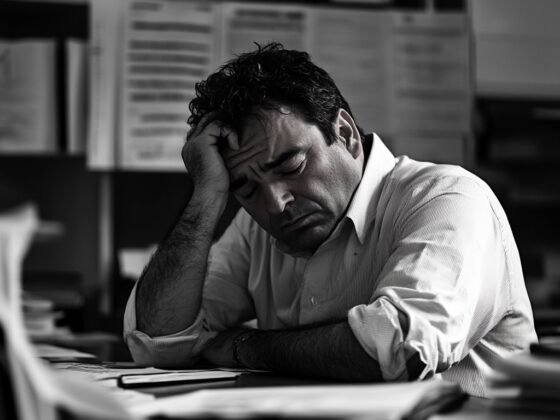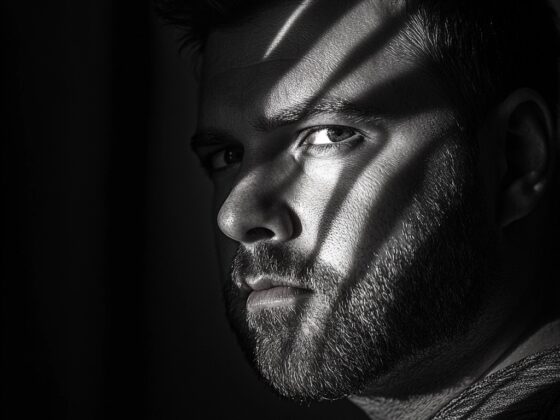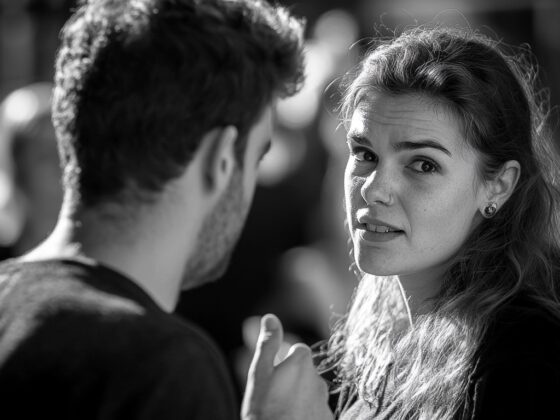Do you struggle with catastrophic thinking?
It’s a pattern I’ve seen play out time and time again, where individuals fixate on the worst possible outcomes, even when they’re highly unlikely. This tendency to catastrophize can be incredibly distressing, but understanding its roots can help us address it more effectively.
Interestingly, our minds can use both optimism and pessimism as protective mechanisms. Sometimes, focusing on the best possible outcome can provide immediate relief from anxiety. We tell ourselves the cancer test will be negative or the job application will be accepted. This optimistic outlook can quiet our fears, especially when the negative outcome has a low probability.
However, there’s a flip side to this. In some cases, people choose to mentally confront their fears head-on. They imagine the worst-case scenario in an attempt to remove its sting. This approach is reminiscent of exposure therapy, where familiarity can reduce fear. The logic is that if you expect the worst, nothing worse can happen – and you might even be pleasantly surprised.
But what about those who can’t stop imagining the worst? Those who catastrophize even when it doesn’t seem protective? I’ve seen this pattern in many clients, and it’s often rooted in a deeper psychological need.
Catastrophizing, I believe, is often a way of making sense of our own fear. When we feel intensely anxious for reasons we can’t quite grasp, our minds search for an explanation. Instead of accepting that the fear might be baseless, we invent a catastrophe to justify it. It’s as if our minds are saying, “I feel terrified, so something terrible must be about to happen.”
Take my client Lena, for example. She once texted me in a panic, convinced she would be fired for being five minutes late to work. Despite no evidence that anyone had ever been fired for such a minor infraction, Lena’s mind spiraled to homelessness and destitution. Her fear was creating a catastrophe to explain itself.
In these cases, combating catastrophic thinking isn’t about toxic positivity. It’s about gently introducing reason and evidence. With Lena, we worked on examining the evidence: Had anyone ever been fired for being five minutes late? What was the company’s policy on tardiness? Gradually, as the evidence sank in, her catastrophic beliefs began to dissipate.
Sometimes, though, a gentler approach is needed. If reasoning doesn’t work, it can be helpful to partially accept the person’s fears while offering reassurance. With Lena, I might have said, “Even if you did lose your job, which is unlikely, you wouldn’t end up homeless. You have savings, family support, and friends who would help.” This approach can calm the immediate anxiety, which often leads to the catastrophic thoughts naturally subsiding.
It’s crucial to remember, however, that not all fears of catastrophe are unfounded. While rare, sometimes people do have an intuitive sense of impending disaster. I’m reminded of a passage from Iris Murdoch’s “The Green Knight,” where a character expresses a deep sense of foreboding. In these cases, it’s important to take such fears seriously and explore them further.
We need to distinguish between irrational catastrophizing and genuine intuitions of danger. It’s a delicate balance, requiring empathy, careful assessment, and sometimes, a willingness to sit with uncertainty.
Addressing catastrophic thinking often involves a multi-faceted approach. Work on cognitive restructuring to challenge irrational thoughts, practice mindfulness to stay grounded in the present, and develop coping strategies for managing anxiety. It’s a process that takes time and patience, but we learn to quiet their catastrophic thoughts and find a more balanced perspective.
There’s a final point I’d like to share, one that’s particularly fascinating. Catastrophizing, in a way, can be seen as creativity’s evil twin. This insight has profound implications for how we understand and approach both creativity and anxiety.
Imagination is a double-edged sword. On one hand, it’s the driving force behind human progress. It’s what allows us to envision possibilities that don’t yet exist, to dream up solutions to seemingly insurmountable problems. Without imagination, we wouldn’t have air travel, space exploration, or countless other innovations that have transformed our world.
An entrepreneur who was developing a revolutionary clean energy technology. Her ability to imagine a world powered by this technology, despite numerous setbacks and skepticism from others, was what drove her forward. This kind of imaginative thinking, which might seem irrational or even delusional to some, is often the spark that ignites world-changing innovations.
But on the flip side, this same imaginative capacity can lead us down dark paths. When our imagination runs wild without the tempering influence of reason, it can conjure up terrifying scenarios and feed our deepest fears. Vivid imaginations spin elaborate worst-case scenarios, leading to debilitating anxiety and panic.
Francisco Goya’s painting, Capricho 43, beautifully illustrates this duality. The epigraph, “Fantasy abandoned by reason produces impossible monsters: United with reason, fantasy is the mother of the arts and the origin of their marvels,” encapsulates the potential and the peril of our imaginative faculties.

This understanding has profoundly influenced the approach to treating anxiety and fostering creativity. Rather than trying to suppress the imagination of those prone to catastrophizing, harness and direct that imaginative power. Practice using reason as a collaborator with imagination, not its enemy.
Balance is key not just for individual mental health, but for society as a whole. We need visionaries who can imagine a better future, but we also need the reason and critical thinking to turn those visions into reality.
So, while we work to help those who struggle with catastrophizing, let’s not forget the potential power of their imagination. With the right guidance and tools, that same imaginative capacity that generates fears can be redirected to create, innovate, and envision positive change. It’s a delicate balance, but one that’s crucial for both personal well-being and societal progress.










